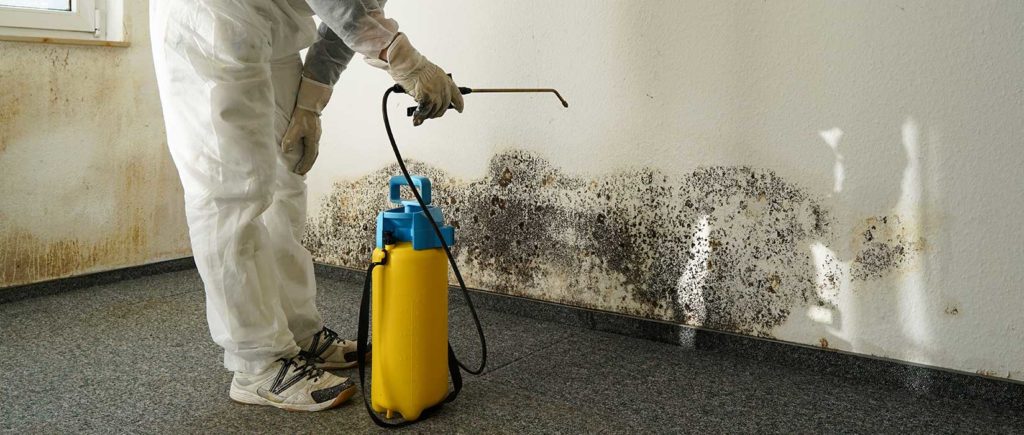Water damage restoration can become challenging since it involves several steps you need to perform. We always recommend you use a professional contractor for water damage restoration for the best results. But, of course, there are some additional cleanup tips you can use to restore the health of your home. Next, let’s see what our water damage experts recommend when it comes to cleaning up after your basement was flooded.
#1 Disconnect your house’s power supply
The most important thing you can do if you have water damage in your home is disconnecting the power supply. Electricity can lead to additional issues and safety risks. So, it is best to make sure that all devices and appliances are disconnected. Our experts recommend disconnecting the main power supply so that you’re certain any unnecessary risks are kept at bay.
#2 Remove your furniture, appliances, rugs, and any other indoor items
The best water damage cleanup tip you can receive is to remove any item from the affected area. The faster you do this, the more unnecessary expenses you’ll prevent. If possible, take your furniture, rugs, and any other items outside. This will allow them to dry and to avoid damage. Keep in mind that wood furniture can stain your carpets, while metal furniture can leave some rust behind. Don’t forget to take out anything ranging from books to toys to tables.
#3 Make sure you remove the water before drying the place
Now that you’ve prepared the area for water damage restoration, you should focus on eliminating excess water. Our experts recommend hiring a water damage restoration contractor for the best results. Removing all the water and drying the area might require some professional tools. When performing a DIY project, you risk overlooking some wet areas and help mold growth in your home.
#4 Start the drying process only after all the water is gone
When all the water is extracted, you can move on to drying your home. This might involve using a fan and a dehumidifier. Also, you can leave the doors and windows open to allow air to flow freely. But you shouldn’t do this if it’s raining because you risk having water pouring inside.
#5 Prevent mold growth and disinfect
When the area is dry, you should perform this last step. Apply a potent disinfectant to remove any bacteria that might favor mold growth. Let the disinfectant dry, as it will form a thin protective coating and remove the spore roots of any mold.
Conclusion
When it comes to water damage restoration, you should always pay close attention to any small issue. In this way, you’ll prevent any future problems. And, of course, we always recommend using a professional team for water damage restoration. They will have the adequate tools and knowledge to restore your home’s health in little to no time.

